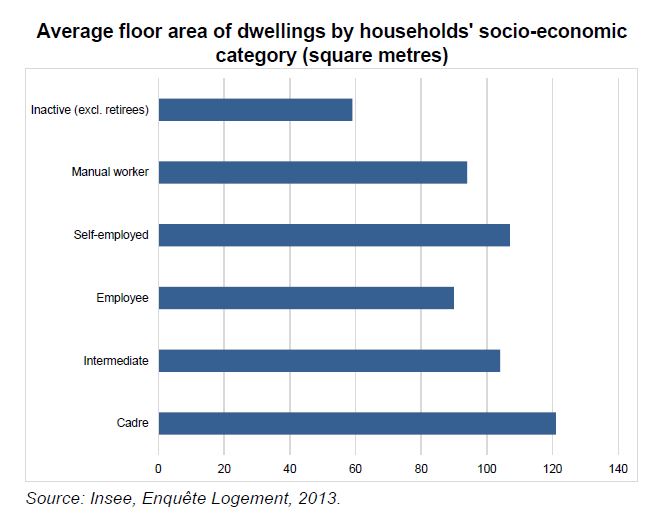Unequal living conditions under lockdown
Inequalities in housing are the first indicator of socio-economic inequalities in the face of confinement, from the most dramatic examples (unhealthy and overcrowded housing, prison environments, homeless populations) to the most ordinary ones. However, experiences of confinement have also been contrasted according to gender or family situation, while school closures and the distance education systems put in place may have deepened educational inequalities.
The unprecedented measures to fight the propagation of the coronavirus (Covid-19), and the lockdown in particular, have highlighted inequalities in individuals' living conditions.
The starkest illustration of this is housing conditions. This is most acute for people in substandard and overcrowded housing, prison populations and the homeless. But the lockdown also exacerbated ordinary inequalities relating to the size of dwellings, access to outdoor spaces or the quality of the environment. Disparities are many, between urban and rural areas for instance, but social and economic inequalities are the key determinants of contrasting experiences under lockdown.
The lockdown may also have exacerbated inequalities between women and men. While it could have led to a new balance in the division of domestic tasks, the earliest surveys of the locked down French population suggest that the supplementary burden of housekeeping and childrearing tasks was primarily shouldered by women. In addition, people living on their own have appeared more vulnerable under the lockdown, especially the elderly and the disabled.
School closures and online learning arrangements may also have exacerbated education inequalities, since they do more harm to the long-term chances of success of underprivileged pupils. One of the main reasons for this is because the poorest households are the least likely to have access to a computer and an internet connection. The consequences of education disruption could also be longer-lasting in the case of socially and economically disadvantaged pupils.
